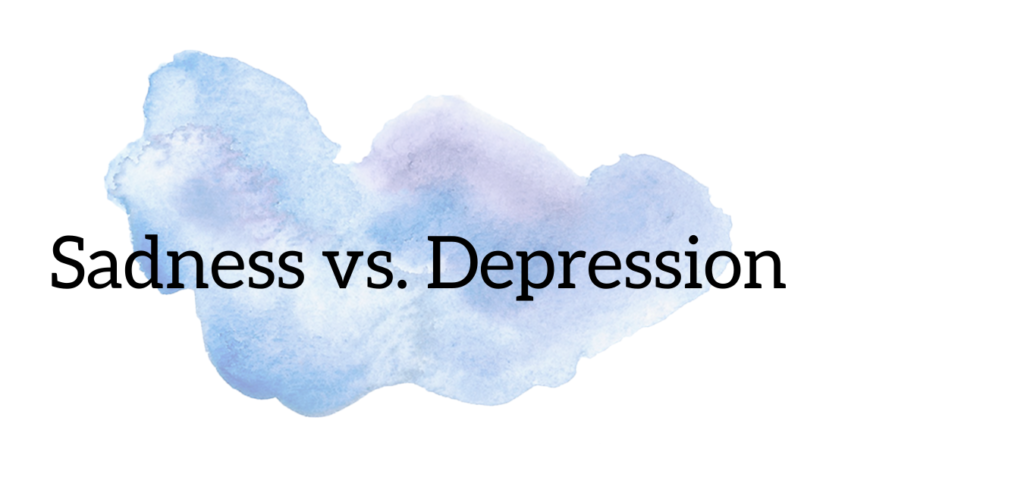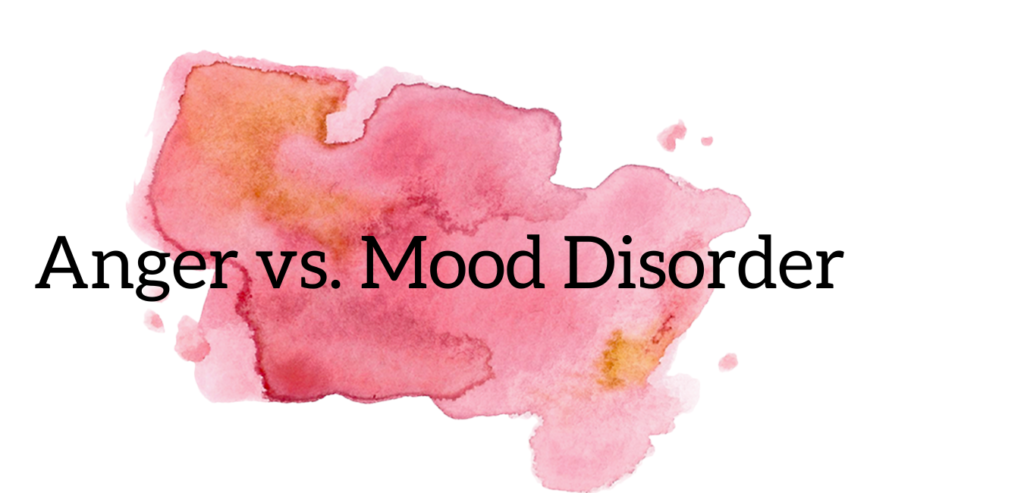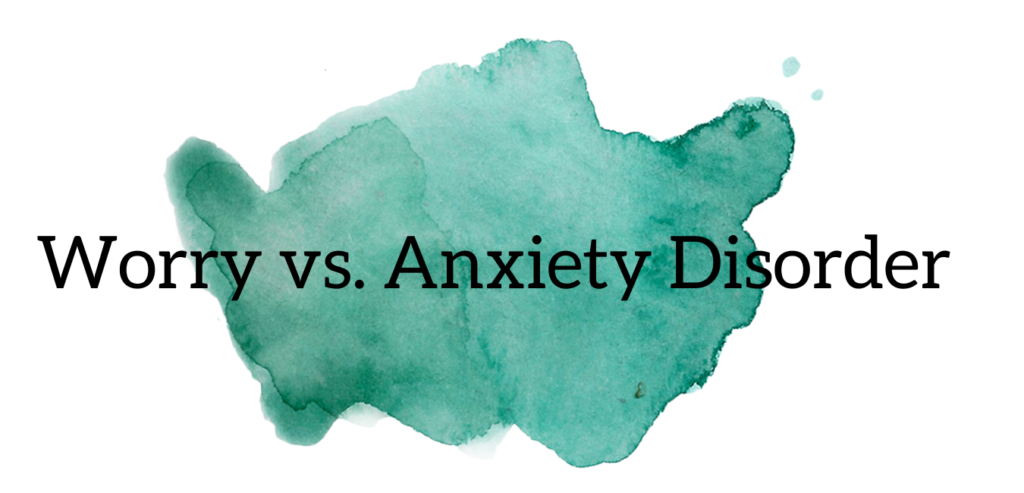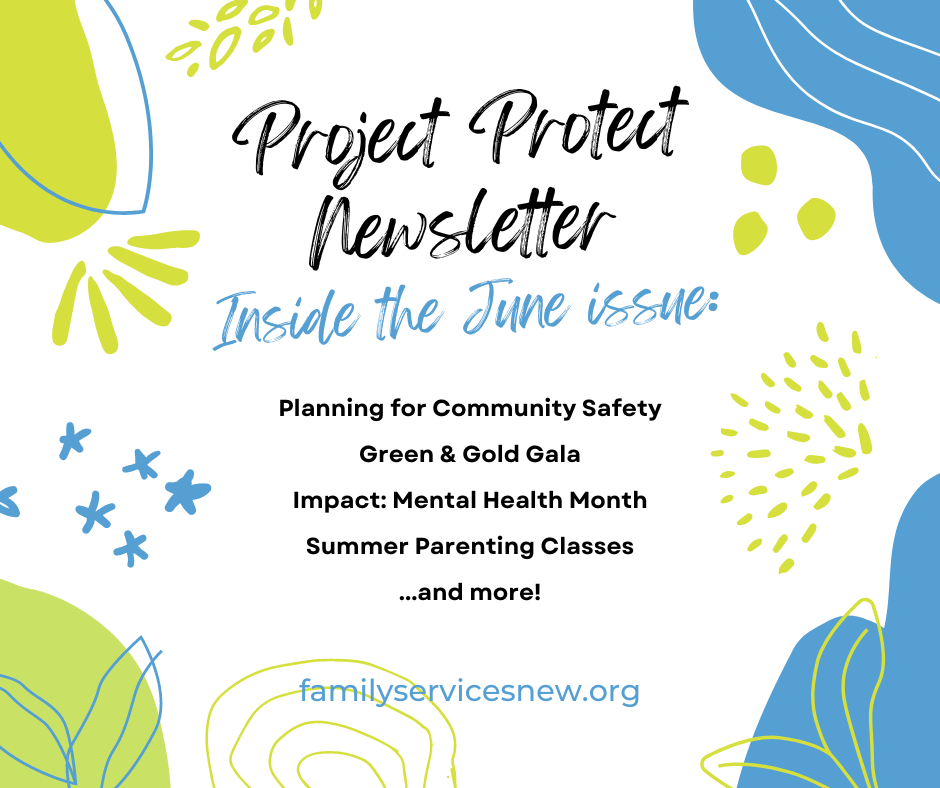COVID-19 and the Holiday Season: Tips to Manage Stress
Holiday celebrations can add extra stress during an already stressful year. We’re sharing 9 tips to help you navigate the season while protecting your mental health.

By Jen DiMatteo
Program Coordinator, Parent Connection
It’s common to feel increased stress and depression during the holiday season. As adults, we are often faced with the pressure to meet added demands like extra cooking, shopping, entertaining and tighter schedules.
During the COVID-19 pandemic, you might also find yourself with fewer outlets for your stress and fewer people outside your household to interact with. You might also be under extra financial strain or struggling with day-to-day schedules and routines as you try to balance work, childcare, school, and your sanity. It’s a lot for anyone, at any time in life. But over the holidays? These extra stressors can easily bring up feelings of failure, disappointment, and uncertainty.
The first step to managing stress in this difficult season is to focus on what you CAN control rather than what you CAN’T. Using the 9 methods below, you and your family will be better able to enjoy the holidays with those you choose to spend them with!
9 Tips for managing stress over the holidays:
1.) Acknowledge your thoughts and feelings and what may be causing them. Understand you are not alone in how you feel. Recognize how high amounts of stress affect your mind, body, and health. Refocus on things you can control for in that moment. Focus on the things in your life that hold the most meaning to you, as well as the things you value about yourself. Stressful situations can move us away from what we value most.
2.) Be realistic about what you can do versus how you want things to be. We cherish our traditions and time with family and friends, and we envision the perfect holiday celebrations. But during this pandemic, remember that staying home is one of the best ways to stay safe. It’s okay to find new ways to share the holidays with those you love this year. Accepting imperfection can often lead to more honest human connection. Making the most of the situations that are in your control will help you accept and get through those things you cannot control.
3.) Reach out to others for connection and support. Connect with your family and friends through positive memories and experiences. Write a holiday letter to those you care about sharing all you are thankful for. Plan video chats where you share activities together like crafts, cooking, game night and more. Talk to people in your life about putting differences aside, and share with each other all you cherish from your relationships. Letting go of and accepting each other for things that are in the past and for your differences can help release negative feelings.
4.) Stay present when spending time with your loved ones. Use all your senses (sight, hearing, smell, taste, and touch) to take in these moments. Focus on giving your full attention to the loved ones around you. When we are focused and present in the moment, we are better able to make memories that leave us feeling fulfilled.
5.) Know your budget. Before shopping for everyone on your shopping list, know how much you can afford to spend, how many people you plan to shop for, and make a list of affordable gift ideas for each person. To save money, you can also consider making homemade gifts, having gift exchanges, or doing things for others. Remember that the holidays are a time to share together, make memories and enjoy those closest to you in your life. The gift of time and memories cannot be returned and has more value than money can buy.
6.) Schedule your time for shopping, baking and festivities. Be sure to plan around day-to-day activities so you can maintain your daily routines. From bedtime to waking time, school and work, exercise and free time, keeping these routines during the pandemic and holidays will help you and your family keep your minds and bodies healthy, stay productive, and enjoy your time together more. Consider taking time out for yourself by walking, listening to music, reading a book, or some other activity you enjoy. Plan for family unwinding time. This could include family walks, game night, movie night, crafting, or cooking together.
7.) Don’t take on more than you can handle. It is okay to say “no.” From work to social events, people will understand if you cannot take on more. If it is work related, consider if there are other things you can take off your list, or ask if deadlines can be extended. Don’t feel obligated to attend social gatherings, and don’t be afraid to let people know if you choose not to gather for the safety of yourself and your family.
8.) Practice acts of kindness. Many of us feel alone during the holidays and times of high stress. Find small ways to act out of kindness for those around you. This can include small gestures to help others, such as volunteering in the community or donating to those most in need. Acts of kindness help us feel connection to others.
9.) Don’t hesitate to ask for help. If you find that you are consistently feeling depressed, anxious, withdrawn, or behaving in ways that are unlike your usual self, please talk to someone for help. Consider talking to trusted family or friends, a mental health professional, or a religious leader.
Remember, if you are not taking care of yourself, you will not be able to be be there for others. You can’t pour from an empty cup!
The stressors we feel from time to time will change, and they will look different for everyone. Trust that the situational stressors in your life will pass and you can look forward to better times. These situations offer us opportunity to learn, grow and make positive changes in our lives. When we find ourselves living with stress that will be with us for awhile, we do need to ground ourselves, create space in our minds and bodies, and find the good in all around us.
This holiday season, may you recognize all the good in your life, build more opportunity for connection and fulfillment, and use this time to create positive memories to last a lifetime!
References:
- Mayo Clinic. Stress, Depression and the Holidays: Tips for Coping. www.mayoclinic.org/healthy-lifestyle/stress-management/in-depth/stress/art-20047544
- Providence. April 20, 2020. How to Apply Holiday Family Logic in the Time of COVID-19. www.providence.org/news/uf/611340408
- World Health Organization. April 29, 2020. Doing What Matters in Times of Stress. www.who.int/publications/i/item/9789240003927?gclid=CjwKCAjwzvX7BRAeEiwAsXExo21u8Yw5cRV90tbZ5Ux7NUkqWGfVNPHqTGP2DmuaB3nVQi3Gg7-J8BoCkxUQAvD_BwE












 Chelsea McGuire is an outpatient therapist with the
Chelsea McGuire is an outpatient therapist with the 



 Vicky Coppens is a therapist and program manager of Family Services’ Counseling Clinic in Green Bay, WI. She has an extensive background working with families on family and relationship issues, parenting challenges, anger management, abuse, stress, and other major life changes. Vicky is trained in Dialectical Behavioral Therapy (DBT) and Trauma-Informed Care.
Vicky Coppens is a therapist and program manager of Family Services’ Counseling Clinic in Green Bay, WI. She has an extensive background working with families on family and relationship issues, parenting challenges, anger management, abuse, stress, and other major life changes. Vicky is trained in Dialectical Behavioral Therapy (DBT) and Trauma-Informed Care.